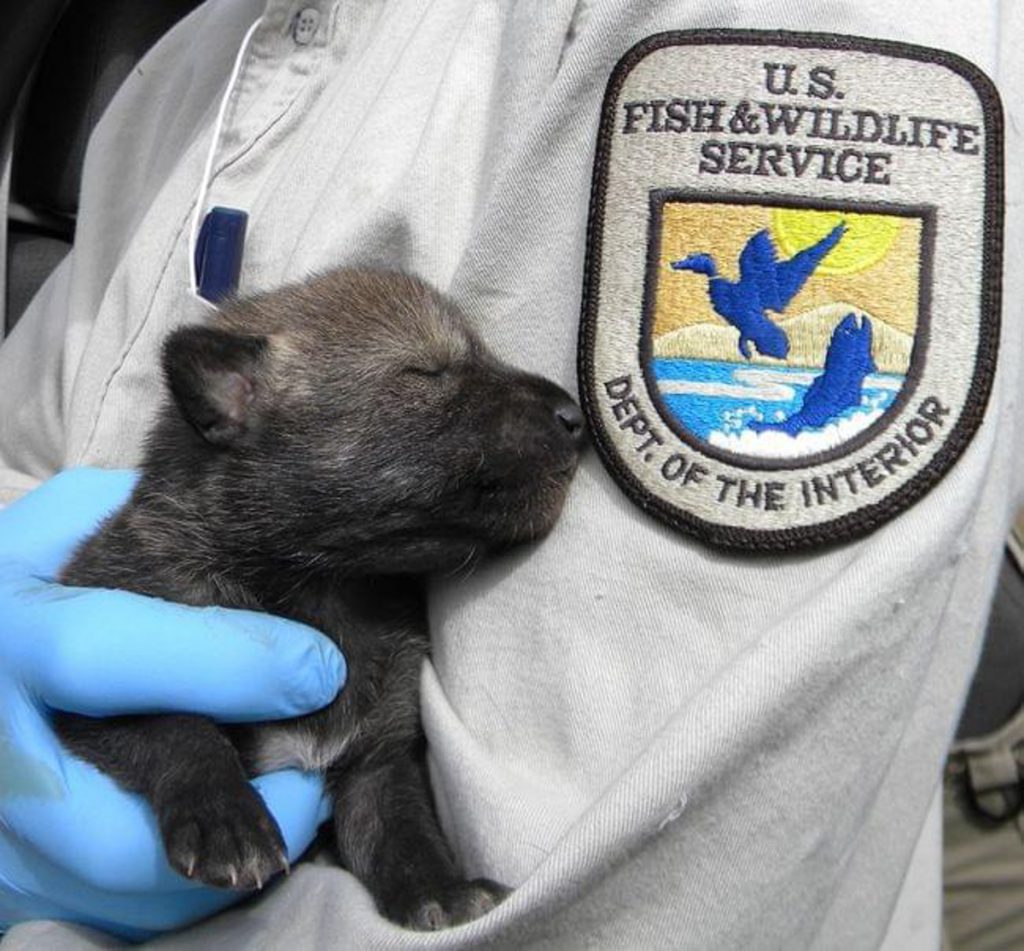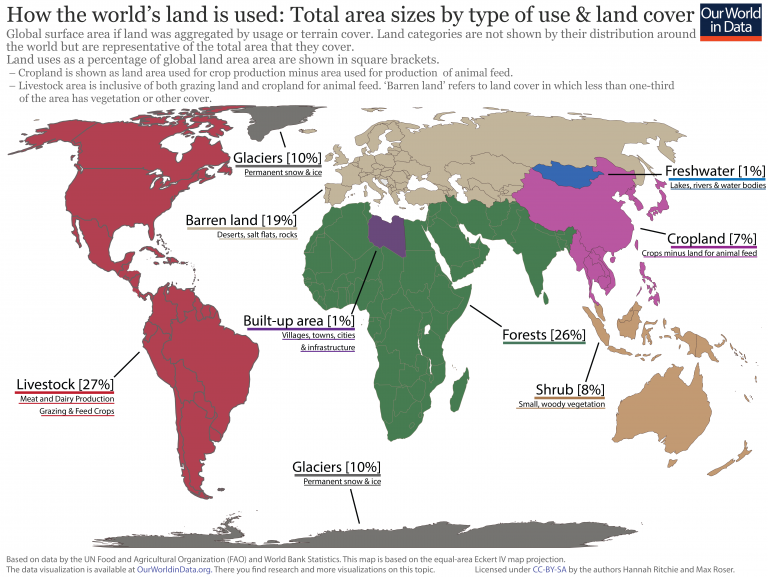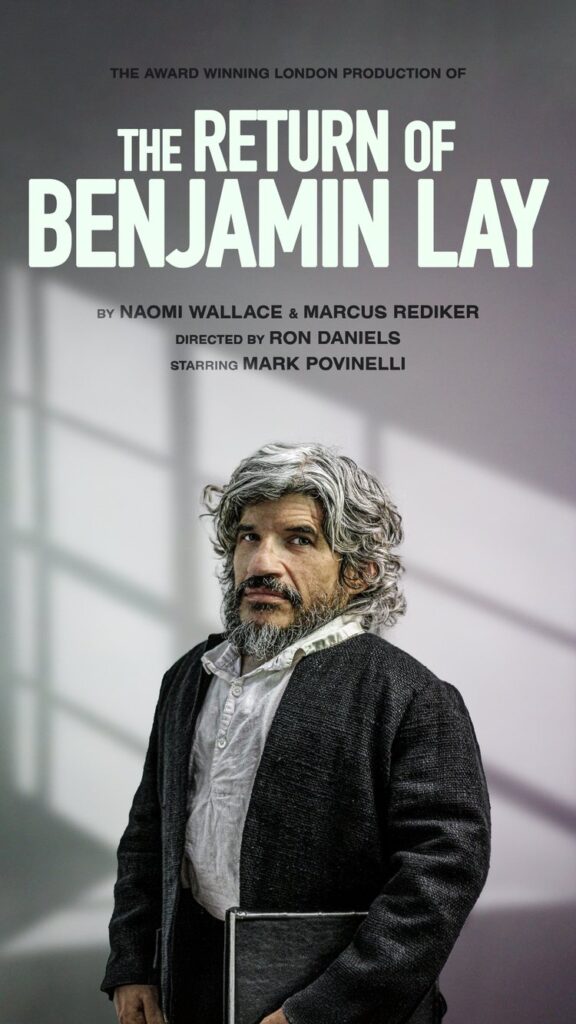
Sign Up for Our Benjamin Lay Play Field Trip
Radnor’s Climate Action Committee and Outreach Committee have joined forces to invite our community and friends to attend the opening performance of The Return of Benjamin Lay, a play by Marcus Rediker and Naomi Wallace. The production features the Quintessence Theatre Group in residence at the Sedgwick Theatre in Mount Airy, Philadelphia.
→ BUY TICKETS HERE
An update on transportation for the evening of Thursday, May 1, 2025: The first bus we have dibs on holds eight people. We’ll continue planning transit as we receive commitments. Reserve a seat on a first come, first served basis.
Please let us know if you plan to go and if you hope we can reserve a bus seat for you.
Mail Lee Hall of our Climate Action Committee at climatelaw[AT]me.com to say
“I am committed to going with the group on May 1, 2025. I do not need / do hope to go in group transit.”
or
“I already bought my ticket! I do not need / do hope to go in group transit.”
Please sign up even if you’re taking your own transportation. We are looking for a number to give Quintessence management so we can participate in a talkback session following the performance.
Here’s more about the production from the Quintessence website:
A 4ft tall “Little David” confronts the “Goliath” of slavery once again as he pleads to be readmitted into the Quaker community that has disowned him and who still believe him to be dangerous. Now, “trembling at the edge of playing God himself”, how far will Benjamin go as he stares down his accusers? Continuing a unique decade-long collaboration between multi-award-winning playwright Naomi Wallace and multi-award-winning historian Marcus Rediker, featuring acclaimed American actor Mark Povinelli and directed by RSC Honorary Associate Director Ron Daniels, The Return of Benjamin Lay sweeps across the centuries in a bold exploration of an utterly impossible man.
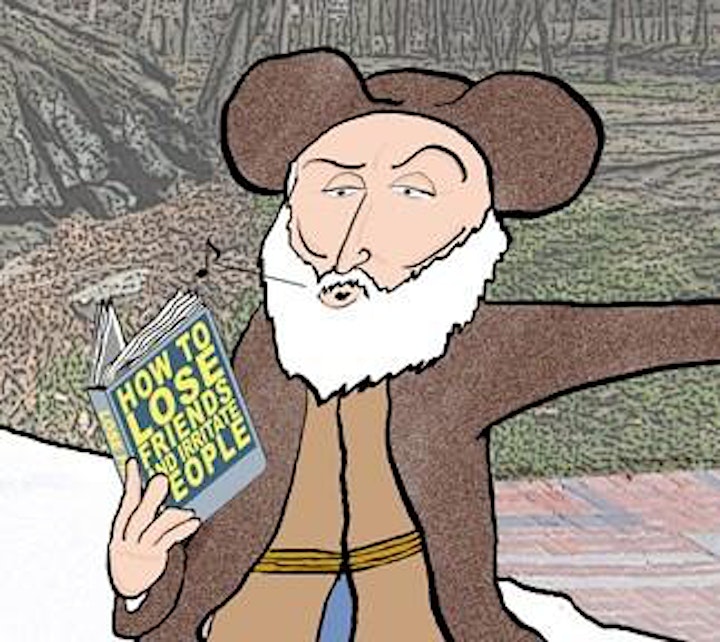
March 17 Forum: The Visionary Ecology of Early Quaker Abolitionists
The Climate Action Committee introduces our guest forum presenter Vance Lehmkuhl on Mar. 17.
A WIDER CIRCLE OF CARE: THE VISIONARY ECOLOGY OF EARLY QUAKER ABOLITIONISTS
March 17 is the day! Join us at the Rise of Meeting, in the Meetinghouse or via Zoom, as tour guide Vance Lehmkuhl leads our exploration.
Brush up on your Benezet,
Get ready for Benjamin Lay.
From the book and sword,
To an Earth restored,
These champions still show us the way.
Longtime Philly resident Vance Lehmkuhl, director of the American Vegan Center, is a former newspaper columnist, a cartoonist, a book author, and an active member of the Association of Philadelphia Tour Guides.
Vance designs Old City tours and cartoons that feature early Quakers, bringing their work for social fairness, radical simplicity, and spiritual clarity to contemporary audiences. Currently, Vance is developing a Philadelphia tour focused on Anthony Benezet…in French.
The Climate Action Committee of Radnor Meeting would love to anticipate your presence at this unique and engaging forum, happening Sunday March 17. Time: Approximately 11.20am – 12.20pm. To join, You can access the Zoom forum through this link. All are welcome! Or find the link from our home page to click through to the Zoom portal.
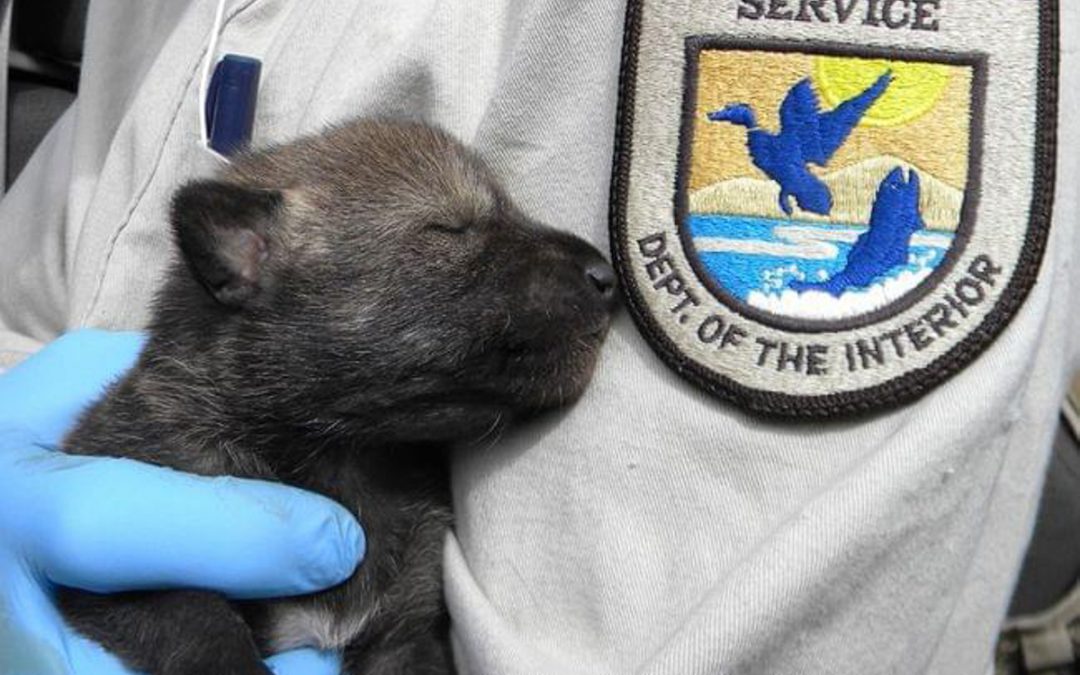
Links: Our Food, Our Climate, and Biodiversity Loss
Red wolf communities once populated the continent, from Texas and Oklahoma and Kansas in the west, to Pennsylvania and New Jersey in the east. Were they still here, they’d be naturally curbing the population of white-tailed deer. They are completely gone from our state, chased off by hunting and agribusiness.
Our age has been coined the Anthropocene. We have gone so far as to alter the climate that protects all living beings on Earth.
To make room for grazing, we buried huge swathes of prairie and forestlands. Why have we felt so free to blanket the great North American plains with chemically dependent monoculture crops and feedlots? Only because the interests of the wolves and coyotes, ferrets and foxes, cranes, owls and curlews posed no obstacles in our moral framework.
Today, are we different? No; we continue to displace indigenous beings for agribusiness interests.
Over the most recent three years, taxpayers have funded Wildlife Services killings of 188,670 coyotes, 74,630 beavers, 8,183 foxes, 2,108 bobcats, 1,267 black bears, 1,007 gray wolves, 784 cougars, and 12 endangered grizzly bears.
So this is another reason to divest from animal agribusiness. Not only is it a massive emitter of methane and a heavily carbon-driven food system, but it’s killing the free-living animals. Wolf kills are going on now – in Idaho, Utah, Colorado, Montana, Washington, Oregon, and Wyoming – as wolves are reviled for eating into the profits of sheep farming.
Same story for the grass-fed beef cattle. Wolves and coyotes, free-roaming horses and burros, and many other untamed animals are targeted because ranchers don’t want them there. While grass-fed is promoted as an environmental benefit, in reality, all cattle are grass-fed. They start on pastures, then wind up at feedlots and are eventually trucked to slaughter.
Organic, biodynamic, regenerative, and now targeted grazing have been praised as the answer to soil health. On the African continent, cattle farming is being rebranded as sustainable. But all are systems in which massive amounts of water and feed are diverted to animals who are bred into existence only to be used and slaughtered. We do not have the water, forage, feed or grass to sustain this business. And cattle grazing is leading the threats to biodiversity.
Meanwhile, dairy cows are kept in intensive confinement and machine-milked. Dairy farmers are now using water sprayers and air conditioners (more electricity!) because milk production wanes as summer temperatures rise.
Intensive confinement for any animals becomes like a petri dish for diseases and viruses. Recently, bird flu has apparently jumped from intensive commercial bird farms to the Harbour seals of Quebec. For struggling species, there is a lot of collateral damage from animal agribusiness
Loops Upon Loops
Agribusiness, mostly grazing and feed production, is the key driver of deforestation. And then, human-driven climate disruption itself degrades still more forests. And degraded forests have a hard time absorbing CO2. Thus, more global heating.
We know the heating of this continent is causing strange disasters that take tolls on human lives. Are we paying attention to what it’s doing to the rest of the planet’s living communities?
Bark beetles thrive unnaturally in a warming West. They are free to eat up the pine bark, thwarting the growth of pine seeds that serve as food for endangered bears of the Yellowstone.
This is an example of the links between our food systems, climate, and extinctions. It’s somewhat hard to wrap our heads around these links, and it’s easy enough for most of us to pay no attention until climate crisis arrives at our own doorsteps. And yet, as with the famous effect of the butterflies flapping their wings, everything is connected. When any one ecosystem unravels, the entire biocommunity of a continent eventually suffers for it.
The best answers might not be easy, but they are simple.
We stop breeding cows into existence for consumer demand. We stop using land for feed crops for industrially confined, mechanized dairy animals.
Already, the livestock sector (meat and dairy production, grazing and feed crops) covers 27% of the Earth’s total land surface. That’s more than the Earth’s forested lands – which are rapidly being degraded and destroyed for animal agribusiness.
And if we divest ourselves from animal agribusiness, with its high carbon and methane emissions, its waste runoff, and its indifference to aware beings? This will help us shift to direct use of land to grow human food – as opposed to allocating it to the global feed markets that create economic dependencies and usurp far more planetary space than humanity needs.
And it will align our food system with the Quaker testimonies of simplicity and peace. Consider the radical approach to these testimonies taken by the well-known Quaker humanitarian Benjamin Lay. Preaching an anti-slavery message all the way from London to York in the north of England, Benjamin Lay walked. Why? Lay was protesting the oppression of both the stablehands and the horses. Lay refused to subjugate others in the human community – and beyond. Benjamin Lay would find plenty to protest today.
Lee H., Radnor Friends Climate Action Committee
_____

